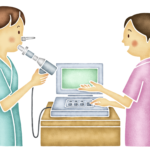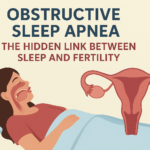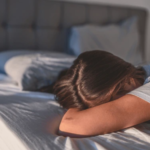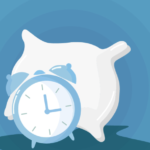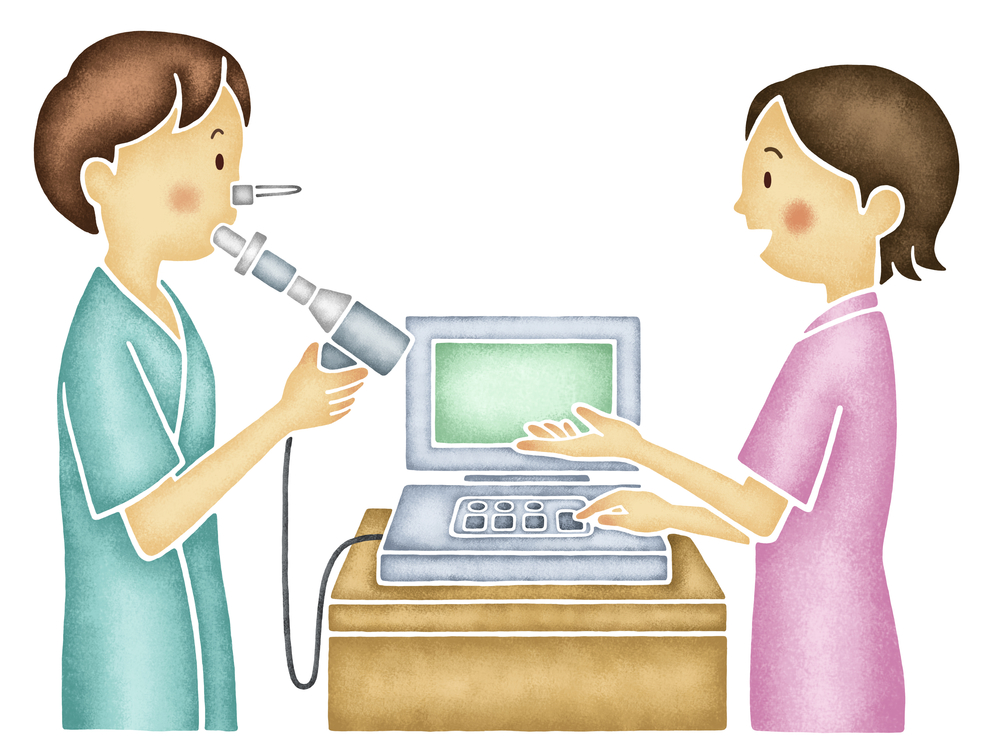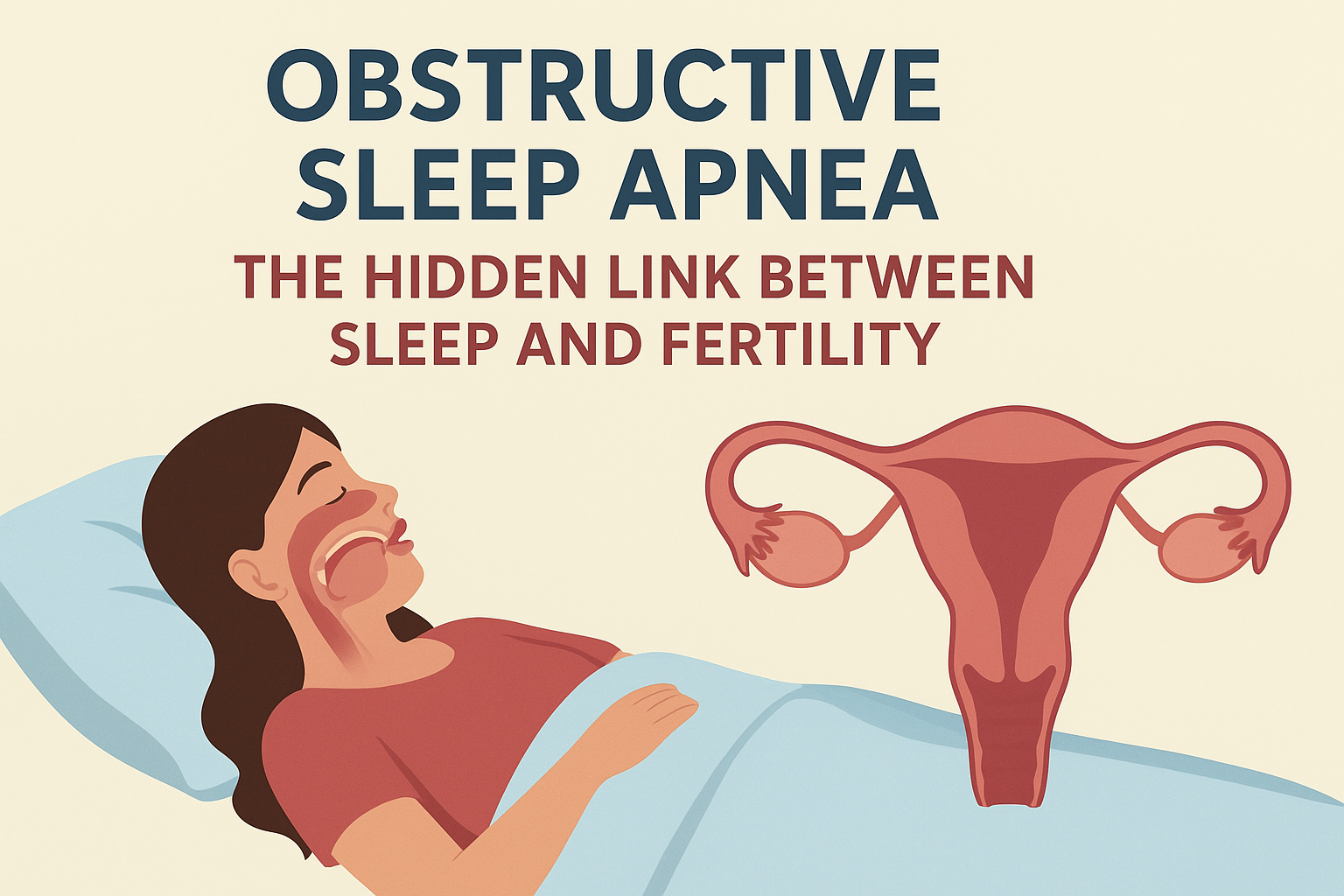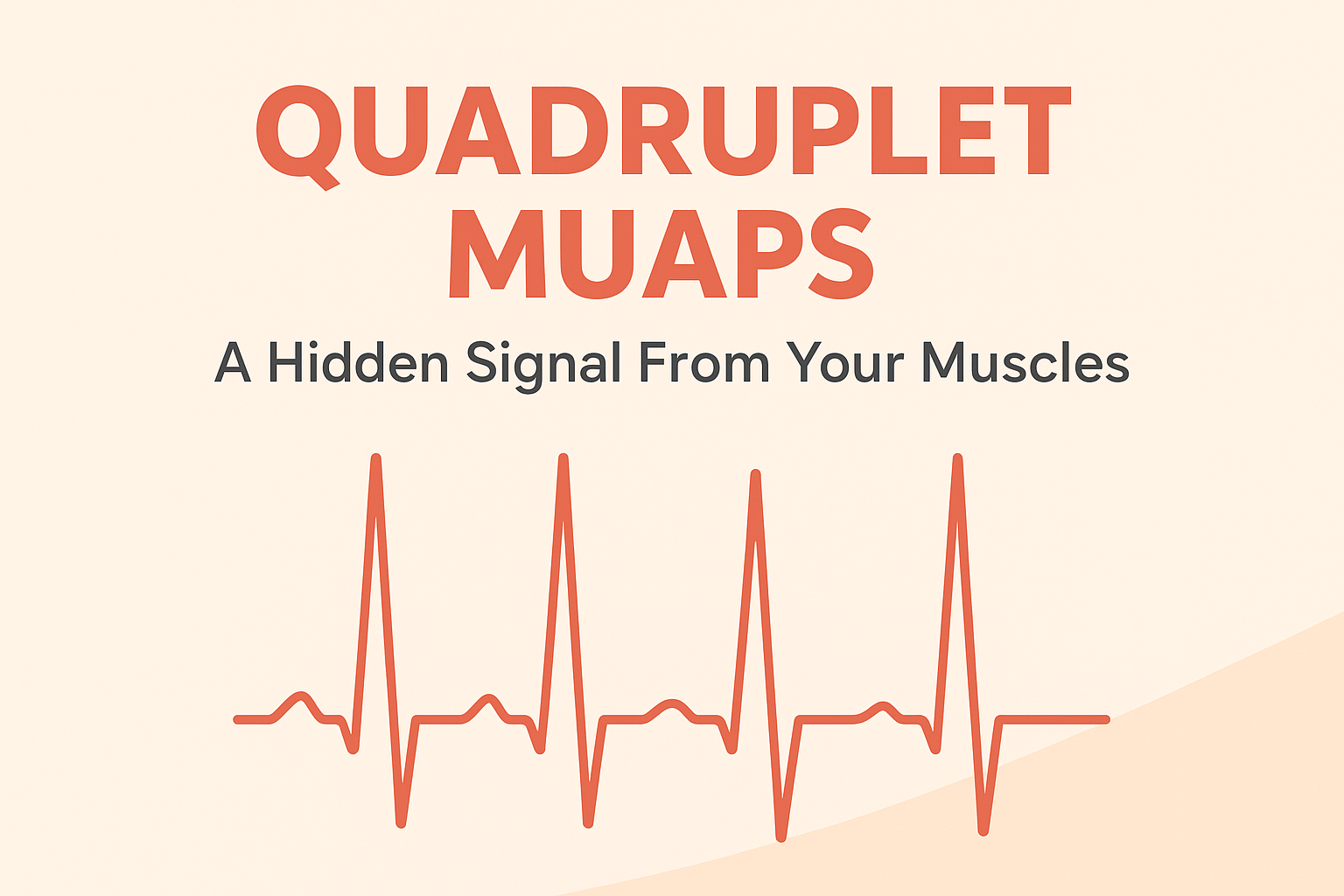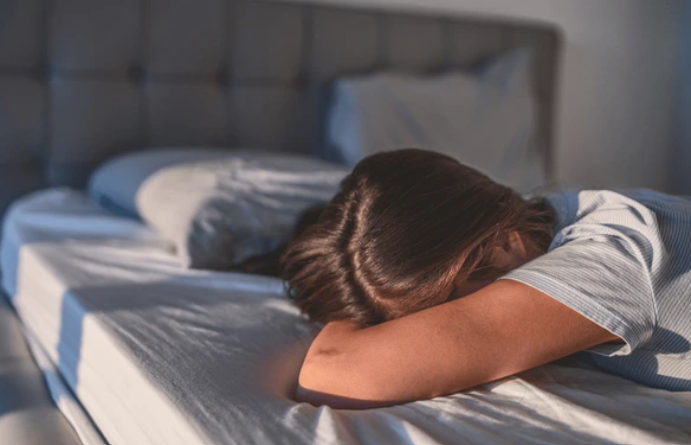Nocturia is a condition characterized by waking up from sleep more than twice or more to empty the urinary bladder. It is a key feature of lower urinary tract symptoms(LUTS). Although it has very little effect on the general health conditions of some people, it has serious negative impacts on sleep quality and Health-related quality of life(HRQL). It is significant in various health complications including Obstructive Sleep Apnoea(OSA), hypertension, obesity, renal disorders, diabetes mellitus, diabetes insipidus, etc. It is mostly caused by benign prostatic hyperplasia, overactive bladder, and reduced bladder capacity. Nocturnal enuresis(involuntary urination while sleeping) is also linked with OSA.
Obstructive sleep apnea (OSA) is a disorder in which breathing starts and stops when the muscles of the throat relax and block the airway. This leads to characteristic symptoms like loud snoring, gasping for air in sleep, difficulty staying asleep, excessive daytime sleepiness, etc. It lowers the overall quality of life by causing irritability, lack of sleepiness, insomnia, and tiredness.
OSA, nocturia, and sleep:
It has been observed that these three have a strong relationship. The mechanisms that explain the association of nocturia with OSA include:
Due to respiratory disturbance during sleep, if a negative pressure is continuously maintained in the thoracic cavity, the venous blood supply to the heart increases. This increases the secretion of atrial natriuretic peptide in urine and plasma, thereby suppressing the secretion of antidiuretic hormone. This further does not allow the concentration of urine to cause nocturnal polyuria.
Another proposed mechanism is that hypoxia caused due to OSA makes the bladder unstable leading to nocturia.
In a study by Kaynak et al., it was reported that OSA patients with nocturia exhibited more severe OSA phenotypes such as higher apnea-hypopnea index, more severe excessive daytime sleepiness, lower nadir oxygen levels, and higher BMI.
It is interesting to note that nocturia and enuresis have not been listed as symptoms of OSA by the American Academy of Sleep Medicine but the same have been listed for chronic insomnia in adults. In a study by Romero et al., it was concluded that in the screening of OSA, nocturia is as significant as snoring. A study by Ayil et al., also showed that with the increase in the severity of OSA, the frequency of nocturia also increases. This clearly shows that it is important to enquire about OSA in patients suffering from nocturia or enuresis.
Studies by Metta et al., also show that the use of CPAP in the management of OSA is also helpful with improvement with respect to nocturia. CPAP not only improves depression and excessive daytime sleepiness but also reduces urine volume which greatly affects the life of OSA patients suffering from nocturia. Nocturia is highly predictive of hypertension and cardiovascular diseases in individuals suffering from OSA. CPAP is effective in improving both of these conditions.
Benign Prostate Hyperplasia(BPH):
Patients with BPH complain more about poor quality and disrupted sleep and this is much worse in the presence of OSA. Polysomnography results have shown that BPH patients experience nocturia majorly during the REM(rapid eye movement) stage i.e. the superficial stages of sleep. BPH patients experiencing nocturia showed excessive daytime sleepiness, severe insomnia, and poor sleep quality. Administration of melatonin helped reduce the number of midnight awakenings.
Overactive Bladder(OAB):
In a study conducted on 150 women with OAB, all of them complained of insomnia and most of them complained of a strong desire to void. The mean nocturia rate was 4.5. OAB often leads to loss of bladder control, leading to a need to void urgently, which in turn causes poor sleep quality and excessive daytime sleepiness.
Women, OSA and nocturia:
Women are more affected by nocturia as compared to men. It has been observed that in women, snoring becomes increasingly prevalent after the age of 50. This age corresponds to the beginning of menopause, which has also been associated with the risk of OSA. Although, the exact mechanism of menopause leading to menopause is not yet known very well, yet it is suggested that women tend to gain more weight post-menopause. This leads to an increase in BMI, neck circumference, and central obesity. The upper airway tends to collapse easily during sleep due to the accumulation of adipose tissue around it.
Children, OSA, and nocturia:
Management of these conditions becomes very important to maintain a good quality of life. A few general steps to manage nocturia include:
Children with OSA tend to wet the bed more often as compared to children without OSA but this often goes unrecognized as compared to the other symptoms of OSA. Swollen adenoids and tonsils are very common in them. It is recommended to surgically remove the tonsils and adenoids of children above two years of age as it has effectively cured bet wetting in 60% of them.
Intake of drinks that increase urine output (like caffeine, and alcohol) should be avoided in the evening.
Cutting down the consumption of salty food and snacks.
Reducing the intake of overall fluids at least two hours before going to bed.
Using the restroom just before going to bed to better empty the bladder.
In the case of children, it becomes very important to educate parents about this condition and encourage them to be optimistic about its cure. It is their support that will help their kids voluntarily take actions that might reduce bed wetting.
Although among the various sleep-related parameters caused by OSAS, the ones that can predict nocturia have not been defined, yet we can conclude that OSA and nocturia are very closely related. Hence, it becomes very important to manage both conditions. Nocturia can be managed by the use of medications which include bladder relaxants (increase the capacity of the bladder), antimuscarinic medications(reduce abnormal muscle contractions of the bladder), beta-3-agonists(work for people who cannot tolerate antimuscarinic reagents), vaginal estrogen therapy( for women who have undergone menopause) and desmopressin(for those who have failed all the previous lines of treatment). It should also be noted that nocturia does not necessarily mean that a person is suffering from OSA. It can happen because of various other reasons like diabetes, alcoholism, urinary tract or bladder infection, pregnancy, etc. Hence, it becomes important to get oneself screened for the possibility of OSA and seek help for the management of the same from a health professional for effective management and treatment.
References:
Chung, Y. H., Kim, J. R., Choi, S. J., & Joo, E. Y. (2022). Prevalence and predictive factors of nocturia in patients with obstructive sleep apnea syndrome: A retrospective cross-sectional study. Plos one, 17(4), e0267441.
Um, Y. H., Oh, J. H., Kim, T. W., Seo, H. J., Kim, S. M., Chung, J. S., … & Hong, S. C. (2020). Nocturia and Sleep: Focus on Common Comorbidities and Their Association with Obstructive Sleep Apnea. Sleep Medicine Research, 11(2), 59-64.

